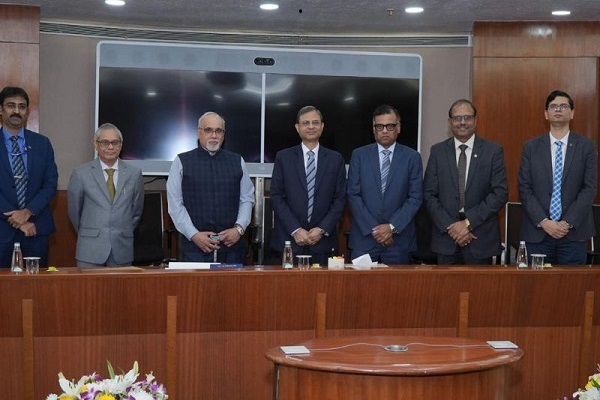.png)
India’s March Exports Rise, Imports Jump; 2024-25 Trade Deficit Hits Record High


By BasisPoint Insight
April 15, 2025 at 11:37 AM IST
India’s merchandise trade deficit surged to $21.84 billion in March 2025, a steep rise from $14.05 billion in February and $15.33 billion in the same month last year. This was driven by faster growth in imports relative to exports, marking a significant reversal from the recent trend of easing deficits.
Merchandise imports grew 11.4% year-on-year to $63.51 billion in March, reflecting robust demand for foreign goods. In contrast, merchandise exports rose only marginally—by 0.7% year-on-year—to $41.97 billion. This was, however, the first instance of positive export growth in five months and the highest monthly export figure in absolute terms in nearly 33 months.
Exporters reportedly expedited shipments ahead of US President Donald Trump’s anticipated announcement of reciprocal tariffs in early April, contributing to the March spike. This urgency to clear consignments before any tariff-related disruptions likely provided temporary support to export volumes.
India’s trade performance in 2024-25 showed mixed signals. Merchandise exports were broadly flat, rising just 0.1% to $437.4 billion after contracting 3.1% in the preceding fiscal. Imports, however, increased 6.2% to $720.24 billion during the year. As a result, the trade deficit widened 17.3% to $282.82 billion, the highest ever for a fiscal.
The March data underscores growing imbalances in India’s external trade, raising fresh concerns about the sustainability of the current account position amid global uncertainties. While the return of export growth offers a glimmer of hope, its modest pace and dependence on temporary factors such as tariff speculation underline the fragility of recovery.
Furthermore, the widening trade gap could exert pressure on the Indian rupee and complicate policymaking for the Reserve Bank of India, which is already navigating a delicate balance between growth support and inflation management. With geopolitical developments and protectionist signals from major economies on the rise, trade volatility may remain a key macroeconomic risk in the coming quarters.
Looking ahead, sustained export recovery and calibrated import strategies will be crucial to managing India’s external balances and shielding its economy from global shocks.







